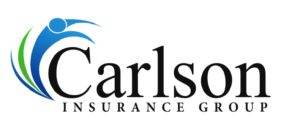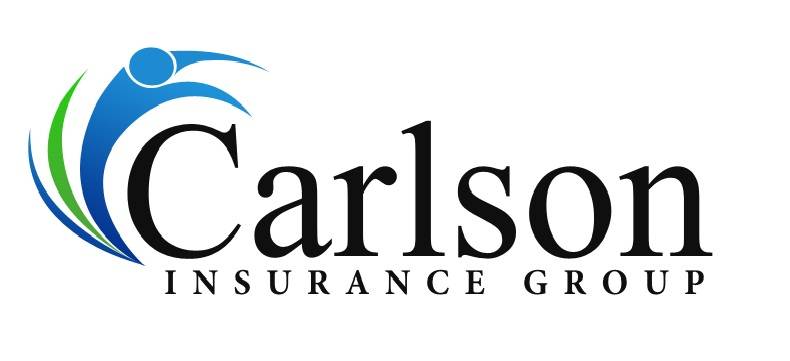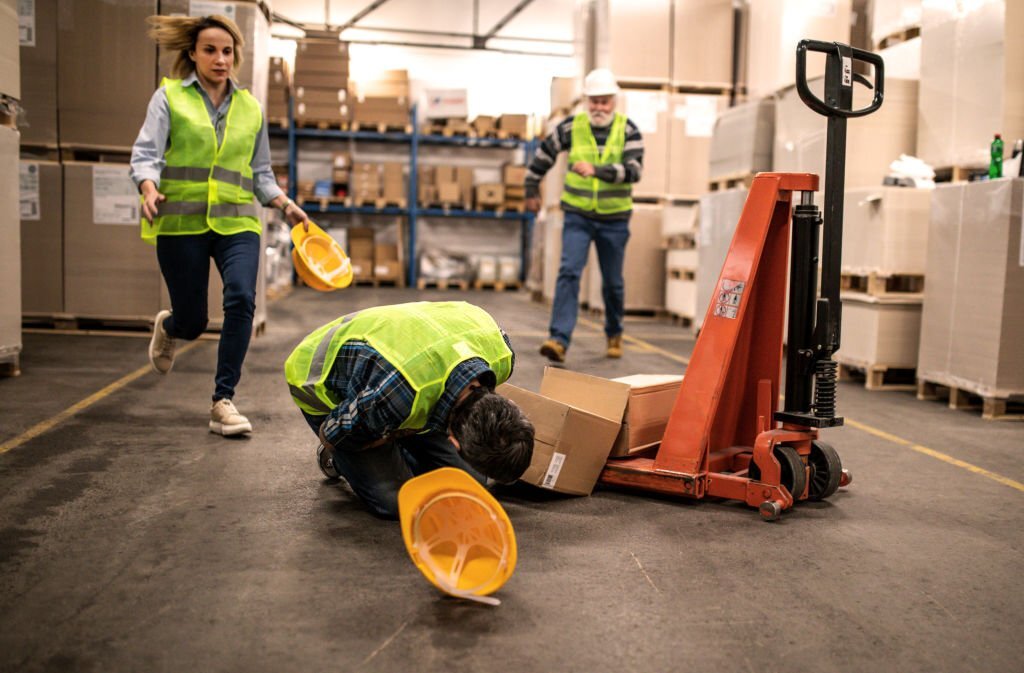When a company faces a surge in workers’ compensation costs, it’s not just a financial concern – it’s a call to action. Simply preventing a few accidents won’t cut it; what you need is a robust safety program that continually evolves. Such a program not only ensures compliance with Occupational Safety and Health Administration (OSHA) standards but also becomes a potent tool for slashing costs by reducing workplace injuries and illnesses. Let’s delve into five essential strategies that can help you achieve this goal.
1. Develop OSHA-Compliant Programs
The first step towards reducing workers’ compensation costs is to build a foundation of OSHA-compliant programs. Many workplace accidents stem from poorly developed or executed safety protocols. For instance, failure to maintain clear walking and working surfaces can lead to slips and trips, neglecting personal protective equipment can result in severe injuries, and improper lifting techniques can cause debilitating strains.
OSHA standards often mandate the creation of written programs, which must be communicated effectively to employees. Research has shown that companies with well-established OSHA-compliant programs tend to have fewer accidents, more productive employees, and lower workers’ compensation costs.
2. Integrate Programs into Daily Operations
Having policies on paper is one thing, but translating them into everyday practice is where success lies. It requires a strategic plan, clear communication with key stakeholders, and impeccable execution based on established competencies. In this context, frontline supervisors play a pivotal role. The success of any program, be it safety, quality, or any other, largely hinges on them. If a supervisor is well-versed in the program’s objectives and is motivated to implement them, the program is likely to succeed. Otherwise, it can become a constant struggle, draining resources and energy.
Successful safety programs focus on proactive measures rather than merely reacting to issues. Accident investigations provide valuable insights into real or potential workplace issues. Therefore, it’s essential to cultivate a culture of thorough incident analysis.
3. Investigate All Injuries and Illnesses
The heart of workers’ compensation cost reduction lies in investigating every injury and illness that occurs in the workplace. Workers’ compensation is designed to compensate employees for work-related injuries or illnesses. To cut these costs, you must first cut down on accidents. And the most effective way to do that is through comprehensive accident investigations.
While accident reports are essentially historical records that document facts, accident investigations dig deeper. They aim to identify the root causes and suggest improvements. Businesses that succeed in curbing workers’ compensation costs have a robust accident investigation process that uncovers the root causes of problems. Without identifying the root cause, any recommendations for improvement remain futile. Here, training is incredibly beneficial because a supervisor skilled in incident analysis becomes a better problem solver, not just for safety issues but for all production-related concerns.
4. Provide Training for Safety Competence
Training plays a significant role in both safety and cost reduction. The goal of training is to develop competent individuals who possess the knowledge, skills, and understanding required to fulfill their job responsibilities safely. Competence, more than anything else, enhances all aspects of a business and drives down costs.
Supervisors must be equipped with the knowledge and ability to integrate safety programs into their specific areas of responsibility. Simultaneously, every employee should know what is expected of them concerning safe work procedures. Once these programs are developed and implemented, they should undergo regular reviews to ensure their continued relevance and effectiveness.
This might require a significant shift in how your safety program is managed, but if your workers’ compensation rates are high, it’s a leap worth making.
5. Audit for Continuous Improvement
The final step is to consistently audit your safety programs and work areas to stimulate continuous improvement. Regular audits are vital for long-term success. A competency-based safety program not only reduces costs but also enhances morale, boosts employee retention, and overall job satisfaction.
Conclusion
In conclusion, reducing workers’ compensation costs isn’t just about saving money; it’s about creating a safer and more productive workplace. By following these five strategies and implementing them effectively, your company can reduce accidents, cut costs, and foster a culture of safety that benefits everyone. Remember, safety is an investment in the well-being of your employees and the prosperity of your business.






